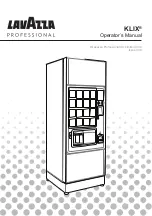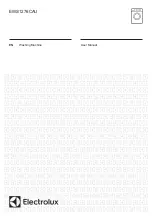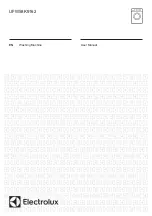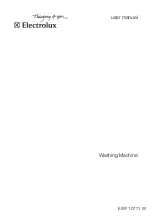
151
BACKING
CHAPTER
17
Backings fall into three categories: tearaway, cutaway and specialty.
Tearaway is a logical choice for many jobs and does not require scissors for removal-a safety feature for
beginning embroiderers. Tearaways range in weight from one to three ounces per yard. A good tearaway is
stable enough to stand up to multiple needle penetrations as well as tear well both directions.Tearaways that
can be torn in only one direction can result in distortion of the embroidered design and unsightly remnants of
the backing, which then must be cut away. Having to cut a tearaway negates one of the benefits of using the
product. Delicate fabrics and designs demand a quality tearaway as longer stitches and fragile textiles should
not be pulled roughly. Tear the backing away from the stitches as closely as possible; if you use two layers
of tearaway, tear them away one at a time to avoid distortion. On delicate and stretch knit fabrics, use
tearaway with caution-but on swimsuits and socks, tearaway should be used. The two layer trick works well
on these stretchy items but pull it away a layer at a time.
Cutaways are required to provide a stable base for knits and other stretchy fabrics. Cutaway weights
range from 1.5 to 3.5 ounces per yard. While the article is stitching, the backing can prevent the fabric from
disappearing into the hole of the throat plate and, after the stitching is completed, the cutaway helps keep the
fabric in shape through launderings. When trimming cutaways be sure to keep the shirt in view at all times.
Place the shirt closest to you and hold the backing up in the air. With the shirt hanging down and the backing
in hand, trim the backing with sharp scissors, preferably with blunt ends. Use a gliding motion instead of
sawing with the blades, as this will help you avoid cuts in the fabric. Quality stable cutaways tolerate
multiple needle penetrations; wash well maintaining the shape of the design, and trim easily. Although soft
backings are desirable, it is often necessary to choose a more stable and therefore stiffer backing to achieve a
crisp embroidered design.
Fusible backings can be bonded permanently to garments and fabrics. They lend stability to stretchy
fabrics, which can also be difficult fabrics to hoop. Fusible backings can also be used as a final application
on the reverse surface of completed embroidery projects to cover scratchy metallic for wearing comfort, or
permanently fuse designs to enhance durability. Ensure that the fabric can be ironed before using fusible
backings. You can use spray adhesive to affix regular cutaways and tearaways to garments and other
embroiderable product.



































